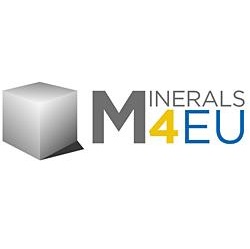
Europe has a long mining history dating back to the Bronze Age (3300 – 1200 BC). Early mining activity was a carried out in a primitive manner and only relatively high grade mineralization was worked. Many developments have taken place since then up to the present day. In addition, the range of commodities mined has greatly expanded over this time period and include ornamental stone, industrial minerals, fuel minerals as well as metal mines. Several of these sites have had over 1,000 years of continuous mining activity while others measure their life in decades or less. The mining activity has altered the landscape and many mining regions have a unique environment and built heritage.
This Minerals4EU task aims to document those mining areas which have developed tourist attractions or amenities following the closure of the mines, in partner countries. Information has been collected which will provide a brief overview of the mine – commodities worked, period of operation, type of mining, mining activities that were carried out at the site, the current condition of the site including any remediation, built heritage, current attractions at the site (preserved built heritage, interpretative centre, walks, etc.) and the management of the site.
Over 500 historic mine sites from prehistory through modern times which have been preserved and are open for the public to visit have been documented here.
Data was collated and submitted by the geological surveys of various partner countries providing information regarding historic mining sites that could be visited by the general public. This data was then used to create a CSV file which could be used to create a shortlist story map.
You can access the interactive Historic Mine Sites Story Map HERE!

Image: Various images featured in the Historic Mine Site Story Map. From Top Right L-R: Kopalnia soli Wieliczka, Čelina - mine Josef, Maison de l'Ardoise de Rimogne, Zollverein Coal Mine Industrial Complex (Zeche Zollverein). Images are used with permission and copyright remains with the rights holders.